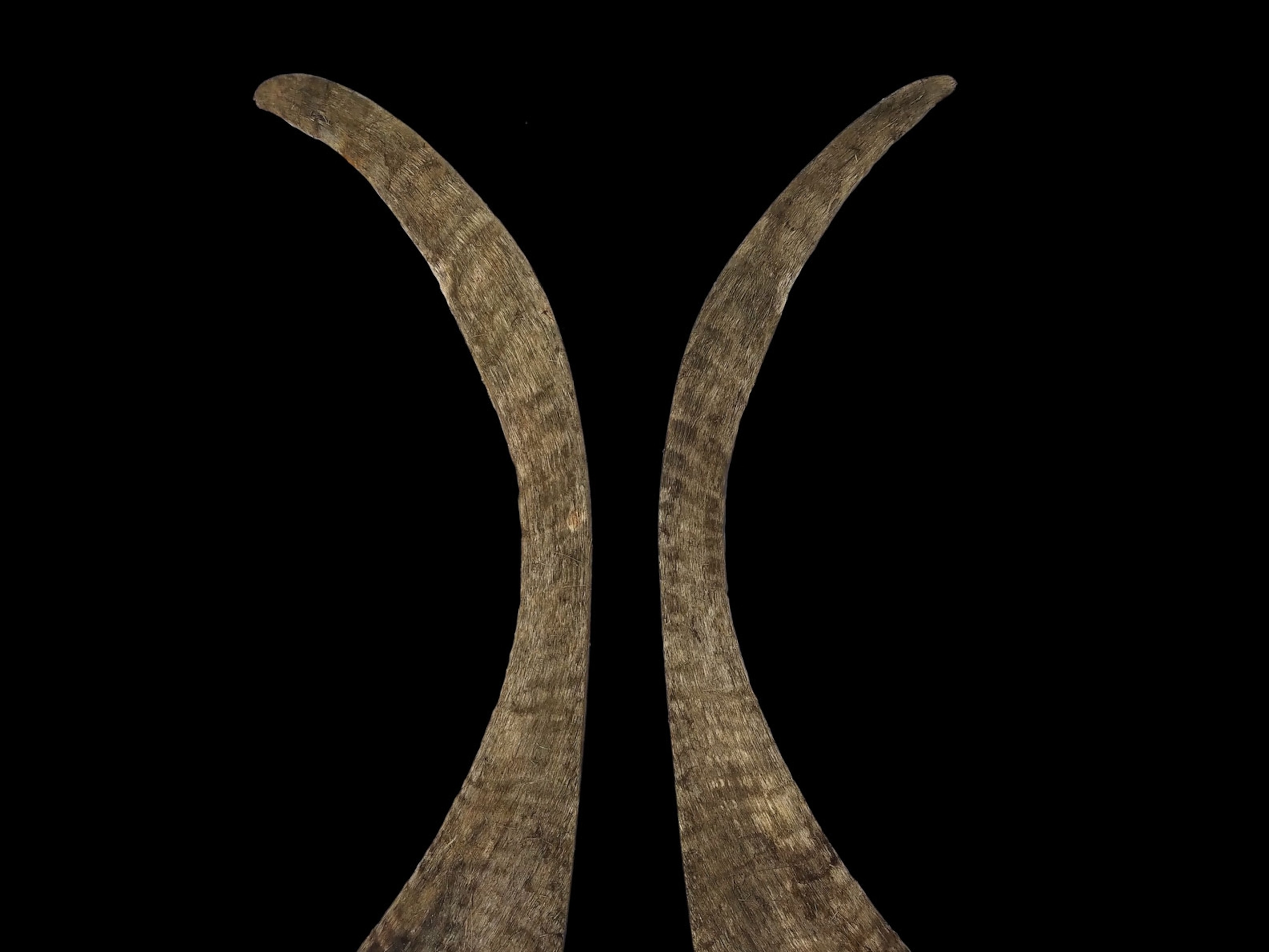
Extinct Woolly Rhino Reconstructed From Mummified Remains
Named "Sasha," the remains were first found in 2015, but only recently brought back to life.
It's named Sasha after the hunter who found it.
Russian scientists aren't quite sure if their 10,000-year-old Sasha was male or female, but the name, they say, universally applies.
That any of Sasha, the Ice Age woolly rhino, is intact at all has been a surprising find for the researchers who study this bygone period.
Unlike woolly mammoths, which also lived during the Ice Age, woolly rhino remains are rare to find. Their place on the evolutionary timeline is less clear. And their lifestyles—what they ate and how long they lived—is hazy.
Rebuilding Sasha
Last December, after months of work, a taxidermist from the Yakutian Academy of Sciences took the small, slumped remains of Sasha and brought them back to life. A team of scientists from the Paleontological Institute at the Russian Academy of Sciences and the Sakha Academy of Sciences in northeastern Russia has also been studying Sasha for years.
The remains, gray when they were first found, were cleaned. Scientists were surprised to see the young rhino was originally a light strawberry blond color. An analysis of Sasha's teeth revealed the animal was about seven months old when it died.
That it was so young was a surprise to scientists, reports the Siberian Times. Sasha is big for seven months old. It measures almost five feet long and stands about two and a half feet tall. Modern rhinos in Africa typically don't reach that size until 18 months of age.


Olga Potapova is a scientist at The Mammoth Site of Hot Springs South Dakota, a preservation and research organization. Her work has focused on large extinct mammals of the Ice Age, and she's currently conducting research on Sasha, though she says she can't yet reveal too much.
Sasha is currently being studied by a team of international scientists led by the Russian Academy of Sciences.
What she can discuss is how important the find is for scientists' understanding of this time period. Other bits and pieces of woolly rhinos like teeth bones have been found, but Sasha is the only intact baby rhino mummy of this species, Coelodonta antiquitatis.
"This find will allow scientists to shed light on different sides of the woolly rhino biology and morphology," she says. Meaning they'll be able to learn how it developed, what it ate, and how it differed from modern rhinos.
How Sasha died, and was so well preserved, is also still a mystery.
"We [paleontology and geology scientists] think we know a lot about the last Ice Age in general and about animals inhabiting it, but in reality, we just scratched the surface of this past world," Potapova says.
Clues About the Last Ice Age
The remains were first found in 2015 in the permafrost lining a Siberian riverbank. Permafrost, as the name might indicate, refers to ground that's permanently frozen for more than two consecutive years, but in Siberia, it often refers to ground that has been frozen for thousands.
The region is the only known habitat of the woolly rhino. One of the greatest mysteries surrounding the species is why it didn't cross the Bering Bridge, says Potapova. She's referring to a land bridge that may have once connected northeastern Russia and Alaska.
Woolly mammoths, steppe bison, reindeer, and other species are thought to have crossed it during the Pleistocene. But what particular adaptations woolly rhinos had to survive in this climate are also unclear.
A Mysterious End
Scientist have a few theories as to why the woolly rhino went extinct but no solid explanation.
One study published in August of last year suggested they may have gone extinct from a genetic abnormality. A look at their fossilized remains found many contain a cervical neck rib, a condition associated with birth defects. The study suggested that inbreeding could have therefore factored into their decline.
For her part, Potapova referred to two theories as to why the species went extinct.
The first is that climactic changes impacted the feeding habitats of herbivores, which in turn led to the extinction of larger carnivores like cave lions and saber-tooth cats.
The second theory is that they were killed off by people.
"Recent research of the ancient DNA of many extinct herbivores showed that populations declined and their genetic pool degenerated well before human appearances on these two continents," she says, suggesting the former theory is more likely.
Sasha's remains alone can't tell scientists why the species went extinct, but Potapova says it's an important piece to the larger puzzle of this species.




